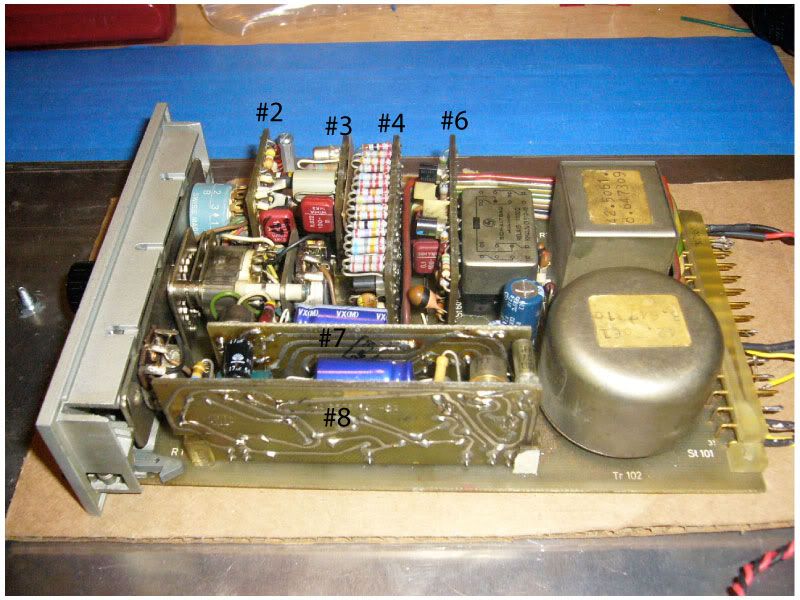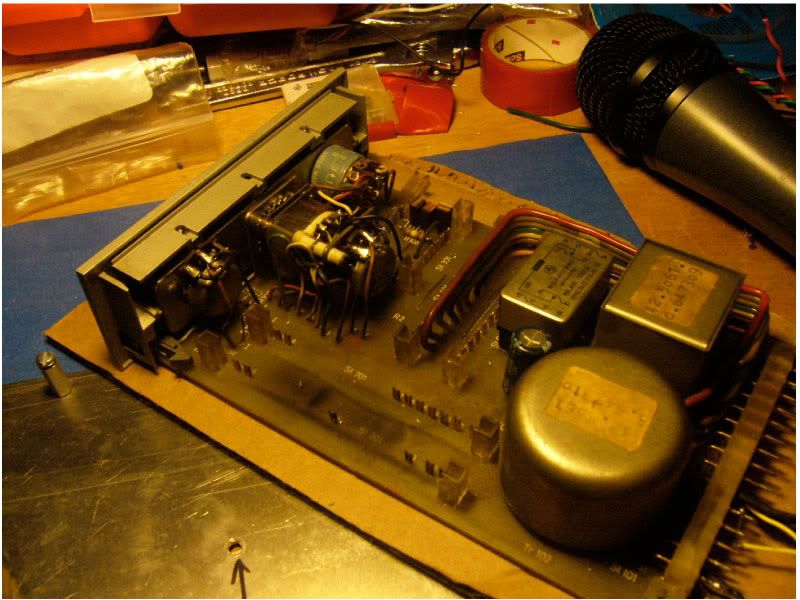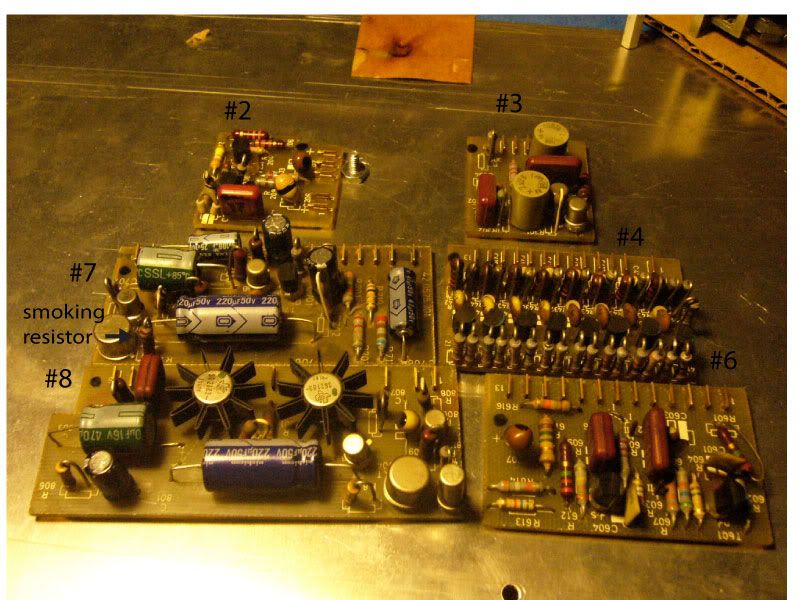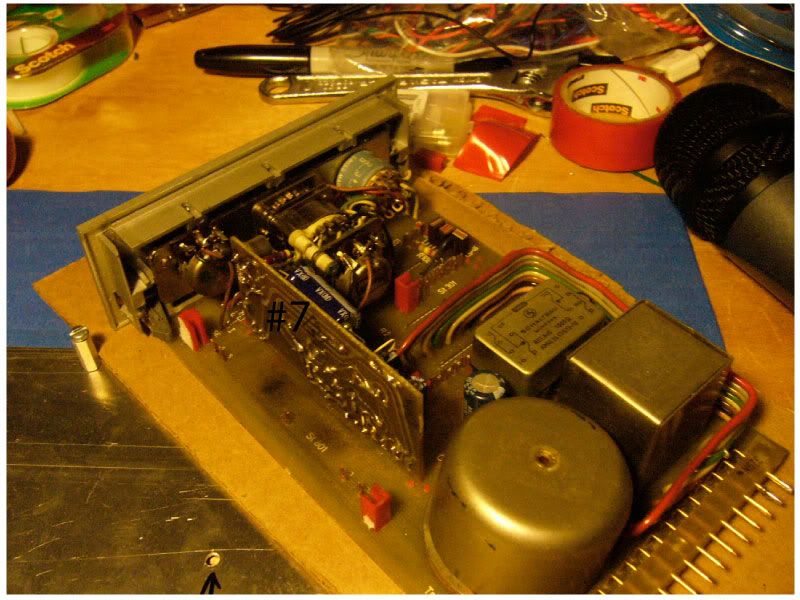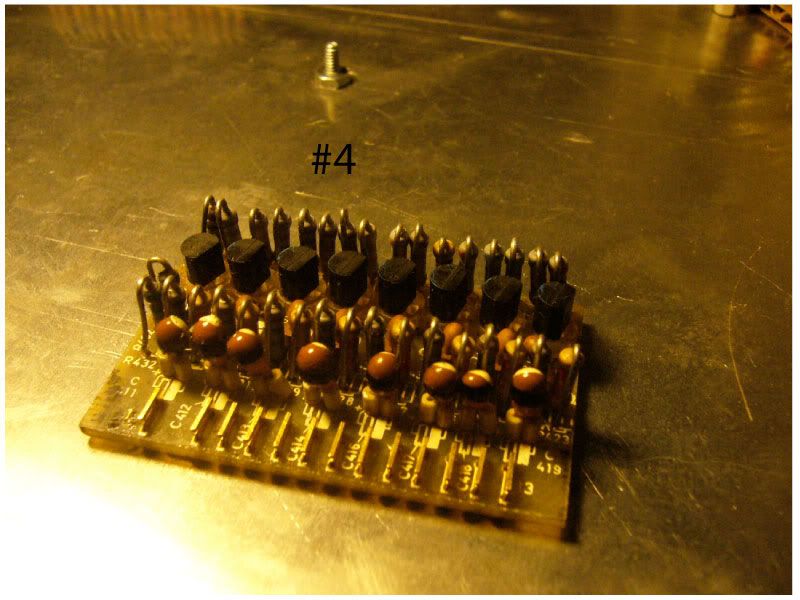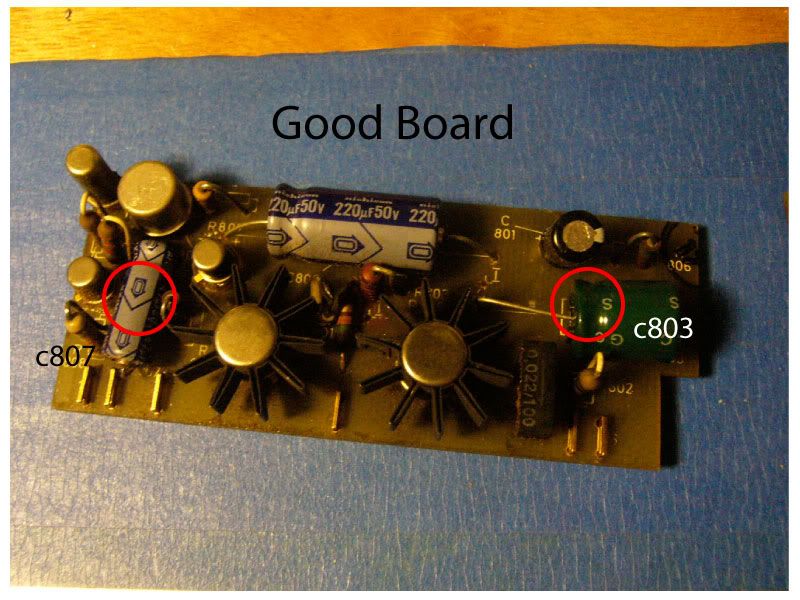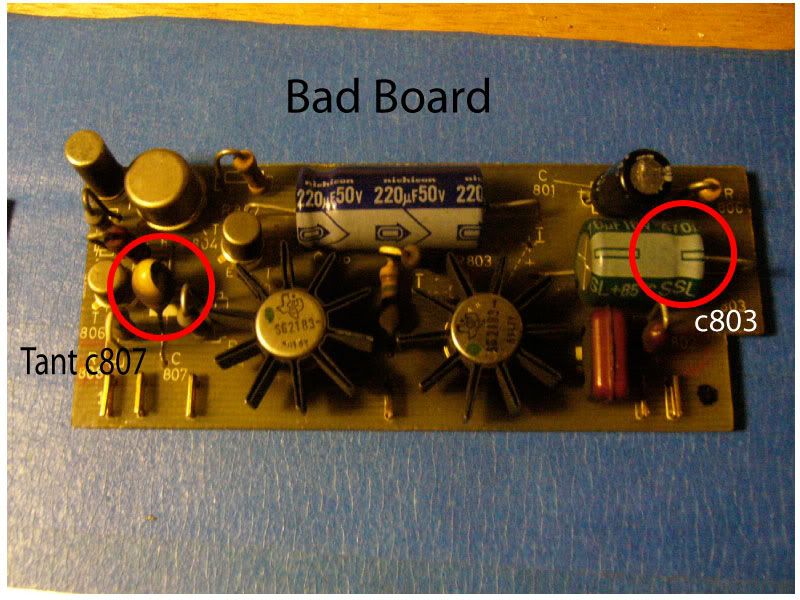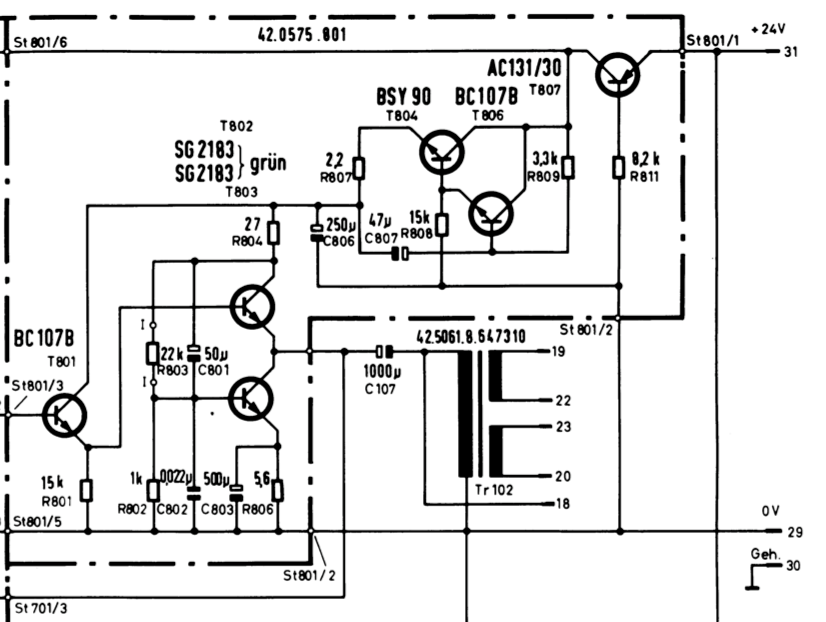substitute
Well-known member
Last year I racked up a pair of v672's and everything worked great. After getting a few more projects under my belt I thought I could do a better looking job with the metal work, so I decided to make a new chassis for them. Some where in that process I shorted the regulator on the power supply and sent 48v to them and caused some damage. One channel is not working at all, nothing is happening, seems dead. The other, as soon as I give it power (+24) a resistor starts to smoke almost immediately. R713 in the schematic...
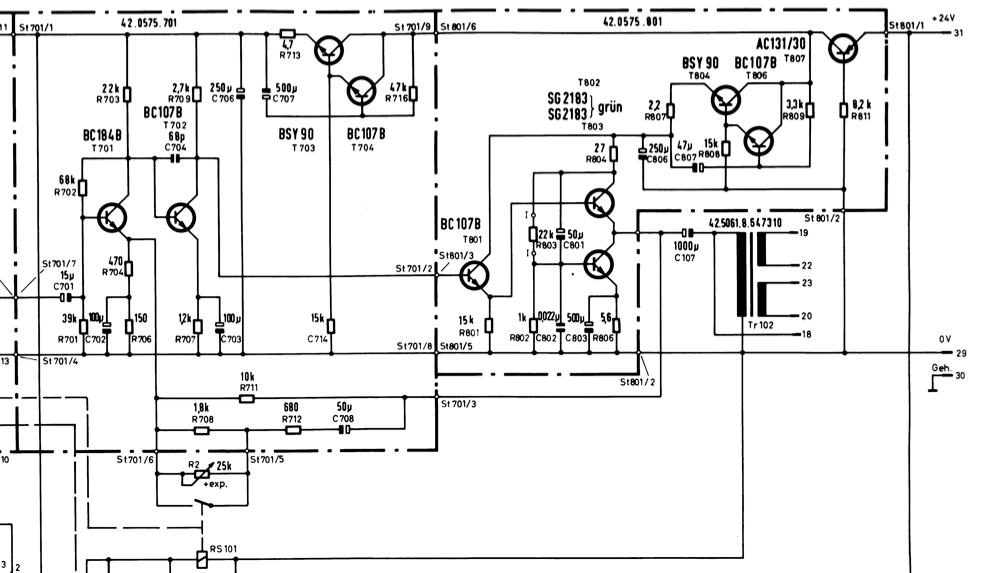
I've swapped around a few of the boards from channel to channel and get the same results. Visually none of the caps look popped. I have a scope that I kind of know how to use as far as getting a signal up on the screen but I don't really understand the finer points of signal tracing.
How do I dig myself out of this one?

I've swapped around a few of the boards from channel to channel and get the same results. Visually none of the caps look popped. I have a scope that I kind of know how to use as far as getting a signal up on the screen but I don't really understand the finer points of signal tracing.
How do I dig myself out of this one?




